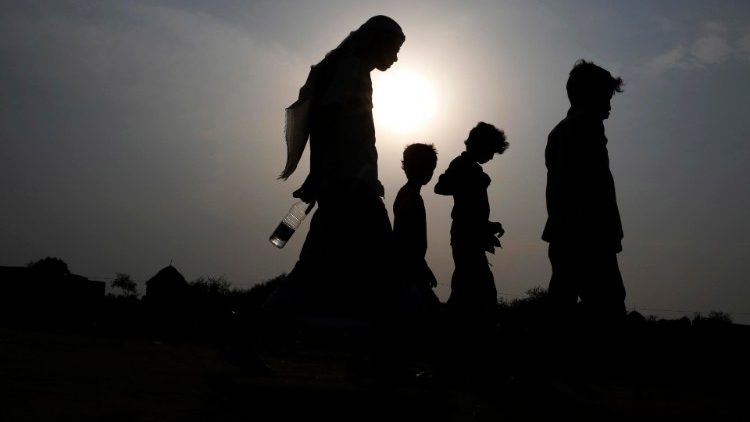
UN agencies warn of risk of famine in four countries
By Vatican News staff writer
According to a new report by the Food and Agriculture Organization (FAO) and the World Food Programme (WFP), South Sudan and Yemen, two of the world’s biggest ongoing food insecurity emergencies, are being joined by Nigeria’s North East and Burkina Faso in West Africa’s Sahel region, with conditions edging closer to famine.
The report, ‘FAO-WFP early warning analysis of acute food insecurity hotspots’, published on Friday, outlines a toxic combination of conflict, economic decline, climate extremes and the COVID-19 pandemic, that is driving millions further into the emergency phase of food insecurity.
People in the four hotspots of highest concern are already experiencing a critical hunger situation, with the report warning that escalations in conflict, as well as reductions in humanitarian access, risk the onset of famine.
Acute hunger rising in 16 other countries
The FAO-WFP report says these four countries are far from being the only red flag on a world map that shows acute food insecurity levels reaching new highs globally, driven by a combination of factors. Another 16 countries are at high risk of rising levels of acute hunger.
The report calls for urgent action to avert a major emergency, or series of emergencies, in the next 3 to 6 months, WFP has said in a statement.
Urgent action today
“This report is a clear call to urgent action”, said Dominique Burgeon, FAO’s Director of Emergencies and Resilience. He expressed deep concern about the combined impact of several crises which, he said, “are eroding people’s ability to produce and access food, leaving them more and more at risk of the most extreme hunger”.
Burgeon stressed the need to access these populations “to ensure they have food and the means to produce food and improve their livelihoods to prevent a worst-case scenario”.
Catastrophe, or famine, is the most severe of five phases used by the Integrated Phase Classification (IPC) system to chart escalating degrees of food insecurity.
Margot van der Velden, WFP’s Director of Emergencies, said, “We are at a catastrophic turning point”. “When we declare a famine it means many lives have already been lost. If we wait to find that out for sure, people are already dead”.
Another Somalia of 2017?
Comparing the situation in the critical countries to that of Somalia in 2011 when 260,000 people died, she said, “We cannot let this happen again. “We have a stark choice — urgent action today, or unconscionable loss of life tomorrow.”
The FAO-WFP report points to a total of 20 countries and contexts that are at “further risk of deterioration of acute food insecurity”. The key drivers of hunger include expansion and intensification of violence, economic crises exacerbated by COVID-19 socioeconomic impact, weather extremes, transboundary threats such as desert locusts and a lack of humanitarian access. (Source: FAO-WFP)
Thank you for reading our article. You can keep up-to-date by subscribing to our daily newsletter. Just click here







